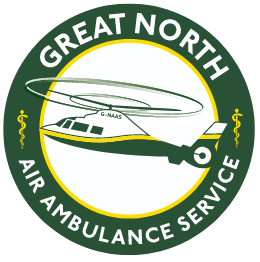“I was working in a tiny little three-bed A&E resus in Baghdad working alongside the US Army. It changed my perspective on what I wanted to do with my career.”
GNAAS doctor, Laura Duffy, from Livingston, joined the charity back in 2010.
She’s now been an integral part of the critical care team for 12 years.
Holly Taylor caught up with Laura to find out the ins and outs of her work with the charity, her job as an A&E consultant, and how she manages it all alongside having twin boys!
Where do you work outside of GNAAS and what is your role?
I work as a consultant in Emergency Medicine in A&E at North Cumbria Integrated Care Trust. I’m also the Clinical Director for the Northern Trauma Network and a Medical Officer at 201 Field Hospital.
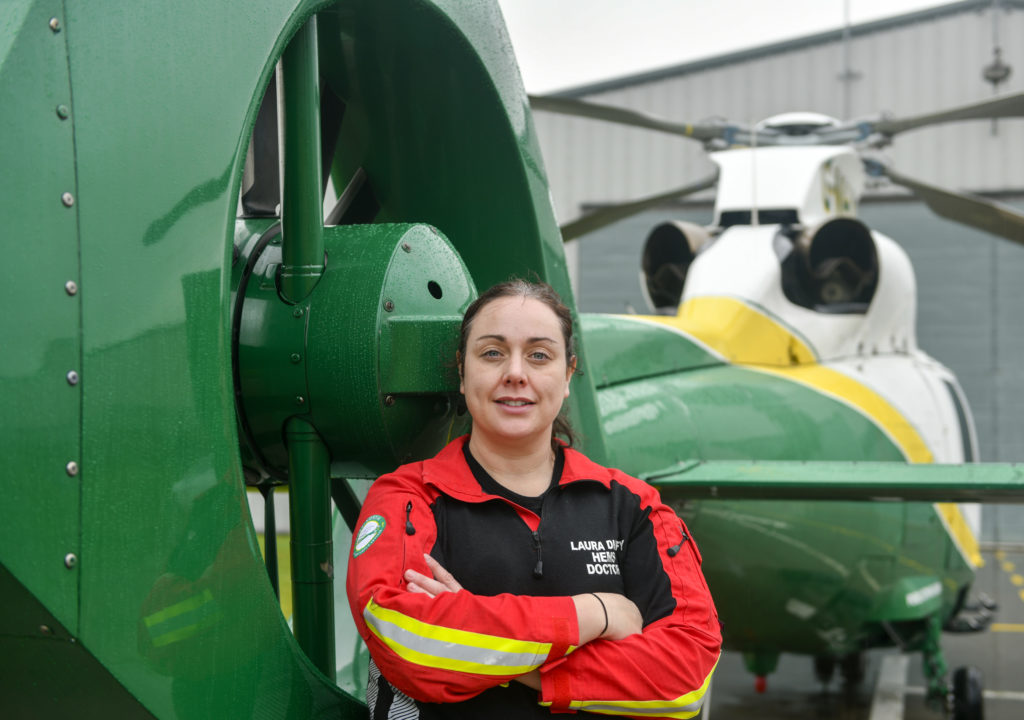

Talk me through an average day in your roles outside of GNAAS?
I’d say I would spend around four or five hours of the day in charge of the department meaning I would review all patients, ensure staff are allocated to certain areas and coordinating staff.
The other half of my shift I would spend doing the clinical side of the job like seeing patients face to face after they had come through triage and rapidly assessing them, then deciding where they need to go or who they need to be seen by. So, really, doing the front-line part of the job which I enjoy.
In terms of my work with the trauma network, I am in charge of chairing meetings, overseeing and developing policies and guidelines for the region. This includes trauma pathways, incidents, governance, patient safety measures, major incident planning, organising conferences, and making sure correct procedures are in place for patients.
How do you manage your time working between GNAAS and your other job?
I was an A&E consultant at the Royal Victoria Infirmary (RVI) in Newcastle and did work with GNAAS on top of that each week. Life was hectic.
I was then offered the job I have now which included a shift a week at GNAAS rather than on top of it, so I moved over to Cumbria. My work-life balance is now a lot better.
Twin boys, a dog, and a family, as well as work, can be tiring but a huge motivation for me is getting to fly over the Lake District.
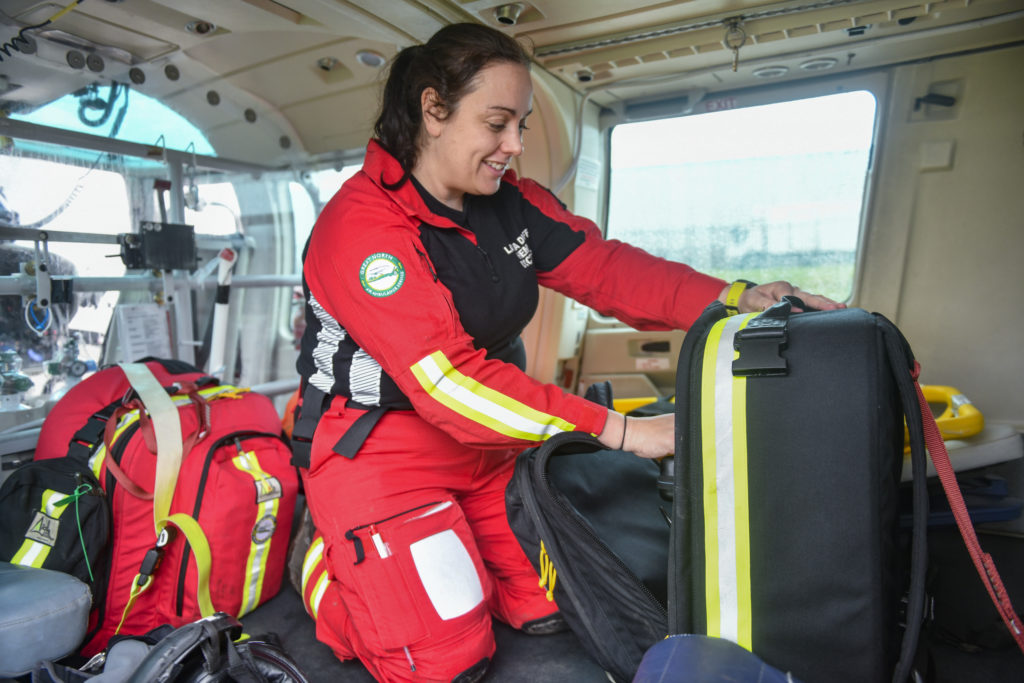

Talk me through your career from the beginning up to now?
I graduated from Dundee University in 2003 and became a junior doctor.
My fourth year as a junior doctor was the best, I was training to become a medical registrar when I deployed to Iraq in 2005 and I just loved it. I was working in a tiny little three-bed A&E resus in Baghdad alongside the US Army. It changed my perspective on what I wanted to do with my career and on my return changed pathways to A&E.
I then moved to Newcastle and started my A&E training. I went back to Afghanistan twice in that time back in 2009 and 2010.
I then came back in 2010 to finish my registrar training and began working as a consultant. I worked at the RVI full-time between 2013 and 2017 before moving to Cumbria which was quickly followed by having the twins and getting married.
It has been busy!
Did you always know you wanted to become a doctor?
I wanted to be a fighter pilot or a political reporter like Kate Adie, actually.
To be honest, even when I graduated, I wasn’t sure exactly what speciality I wanted to do until I went over to Iraq. It was the military stuff that pushed me into A&E. I was never a natural learner, I really had to get my head down and study to do well.
How is GNAAS different from your other work?
In a pre-hospital environment, you are usually only dealing with one or two patients at a time and all you can do is weigh up what’s in front of you.
In A&E, there can be 100 patients to be seen but the skills are interchangeable.
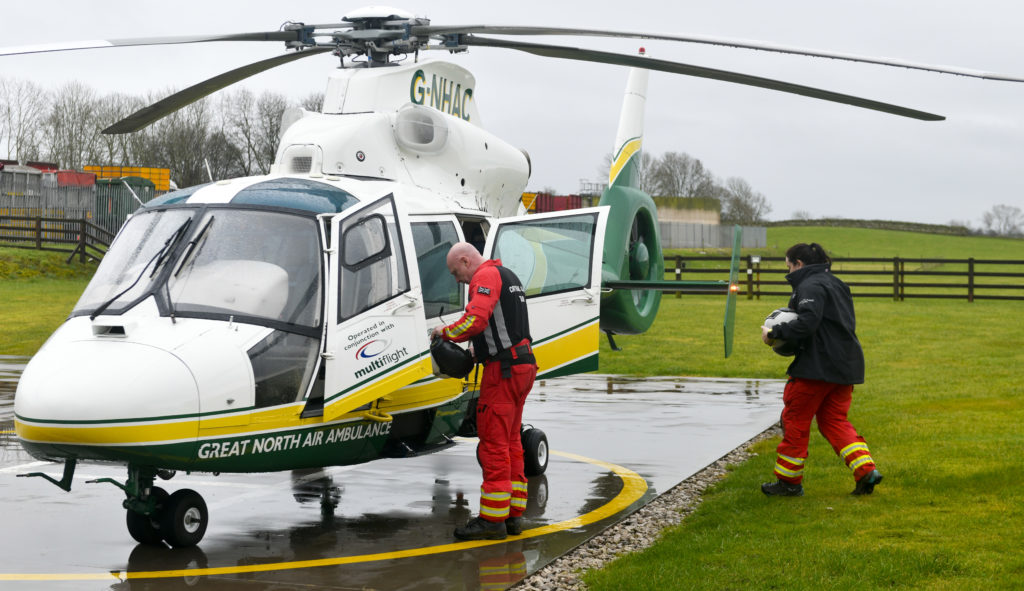

What’s the best/worst thing about your job outside of GNAAS?
I would say the best thing about my work is seeing and dealing with trauma. I love anything trauma related and the difference I can make.
The thing I enjoy the least is the bed waits on A&E.
Do you have any standout jobs from either of your roles? What happened?
When flying with GNAAS I remember a young boy had been in an RTC. He was severely injured, and we had to put him in a coma on the roadside.
We flew him to the hospital, and he had a halo brace on for a while but that didn’t stop him tearing around the hospital after the sweet trolley and falling over, bashing his brace.
He came to see us when he had recovered, and he was so lovely.
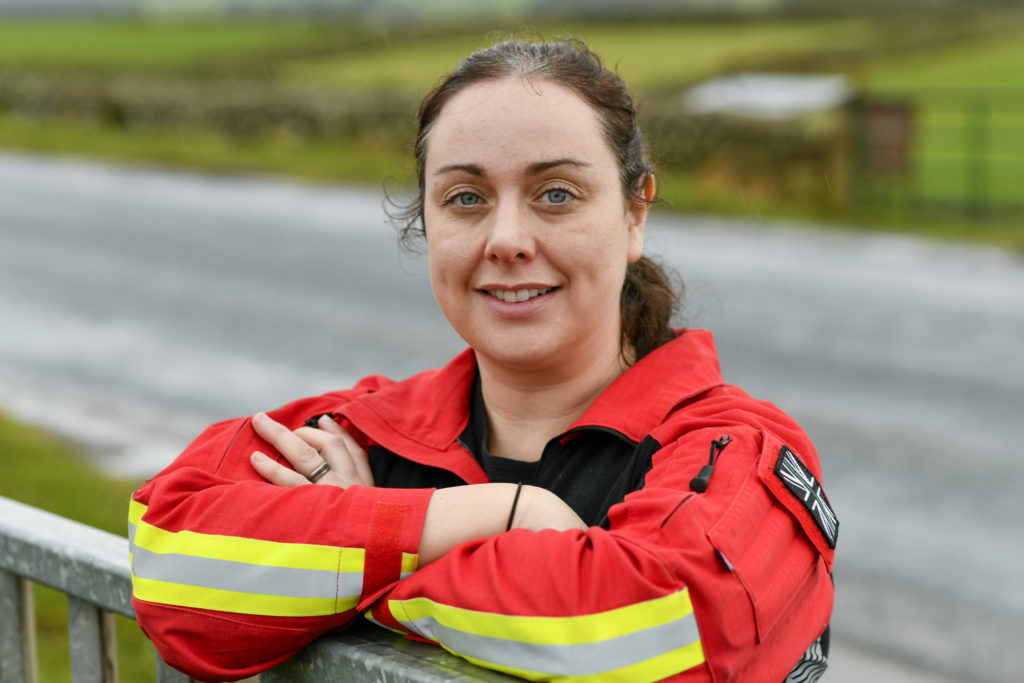

STUART WALKER
Stuart Walker Photography 2021
How do you cope with difficult jobs?
Experience makes things easier as does debriefing with the team and trying to learn from it.
What do you like to do outside of work?
I love spending time with family and friends, fell walking, skiing and I am also trying to get back into running.

